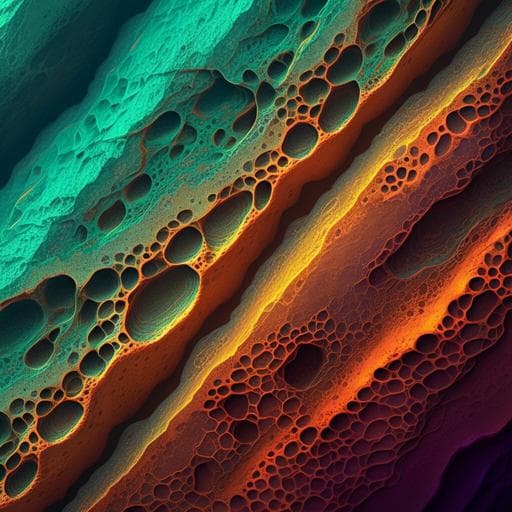
Earth Sciences
Two-stage fluid pathways generated by volume expansion reactions: insights from the replacement of pyrite by chalcopyrite
Y. Zhang, Y. Cai, et al.
Discover the fascinating world of mineral replacement reactions! This research reveals how volume expansion can both accelerate and inhibit transformations, as seen in the conversion from pyrite to chalcopyrite, conducted by the experts Yang Zhang, Yuanfeng Cai, Yang Qu, Qin Wang, Lixin Gu, and Gaojun Li.
~3 min • Beginner • English
Related Publications
Explore these studies to deepen your understanding of the subject.







